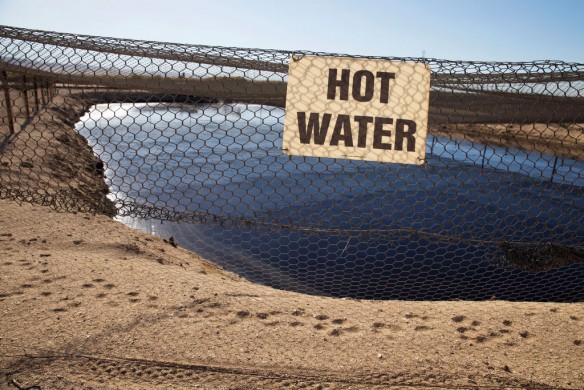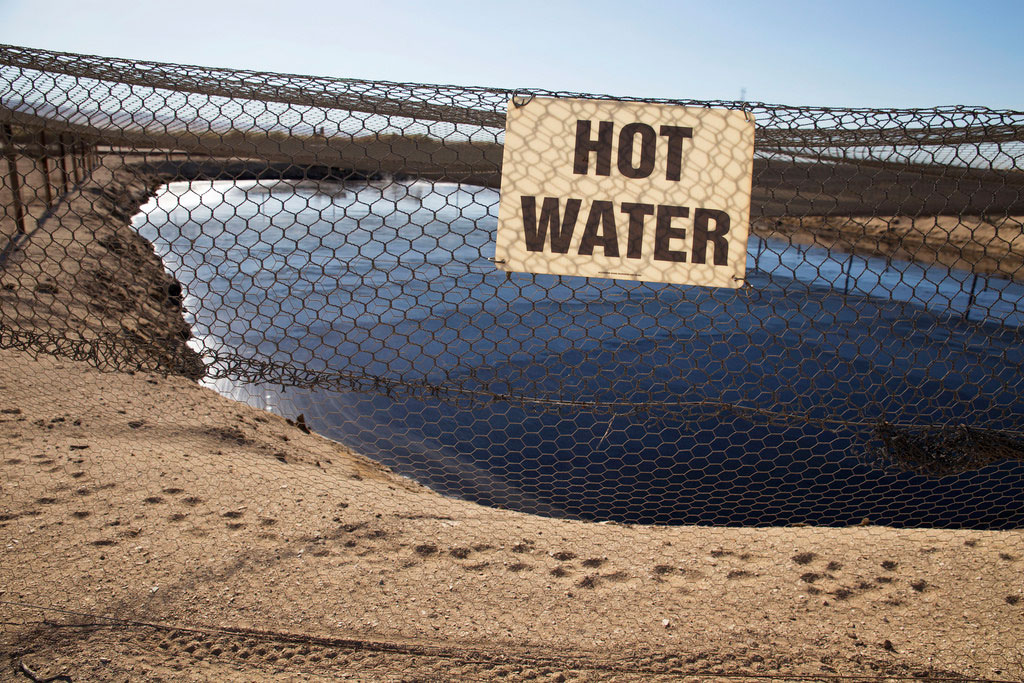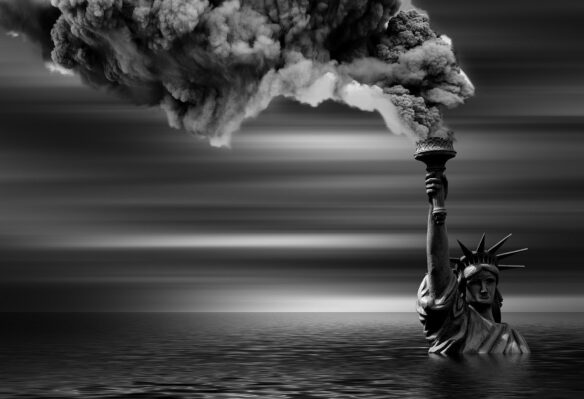
Fracking fluid and other drilling wastes are dumped into an unlined pit. Nets were installed on these pits to keep birds from dying in the toxic water. Captions and Photo source: ©© Sarah Craig/Faces of Fracking
Excerpts;
While the coast may not be prime for fracking locations, there are questions about the disposal of the wastewater from fracking and where and how that disposal would take place…
A New Look At What’s In ‘Fracking’ Fluids Raises Red Flags, Science Daily (08-18-2014)
Scientists are getting to the bottom of what’s in fracking fluids, with some troubling results…
EPA Implicates Fracking In Pollution, AP (12-11-2011)
Dangerous Levels of Radioactivity Found at Fracking Waste Site, Guardian UK (11-02-2013)
Hydraulic Fracturing Fluids Likely Harmed Threatened Fish Species, USGS (08-30-2013)
Hydrofracking, Water, Watersheds, and the Ocean (02-28-2011)
With hydrofracking, a well can produce over a million gallons of wastewater that is often laced with highly corrosive salts, carcinogens like benzene and radioactive elements like radium, all of which can occur naturally thousands of feet underground. Other carcinogenic materials can be added to the wastewater by the chemicals used in the hydrofracking itself.
The Ocean connects all things…
Sand mining Is Booming Along With Fracking, My San Antonio News (Uploaded 09-27-2011)
Fracking, the latest craze in the quest to produce oil and gas, has been blamed for environmental problems ranging from flammable tap water to minor earthquakes. Now a new risk is emerging: sand mining. To squeeze hydrocarbons out of shale through hydraulic fracturing of the rock, the process known as fracking, producers need to pump an enormous amount of sand into the ground…









